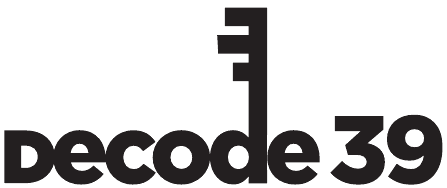Driving the news. After Monday’s White House summit between U.S. and European leaders on Ukraine and European security guarantees, today, the trade agreement between Washington and Brussels has also been ratified.
- The new tariff regime sets a 15% maximum, comprehensive rate for most EU exports to the U.S., covering strategic sectors such as automobiles, pharmaceuticals, semiconductors, and timber.
- Exemptions apply to sectors including aerospace, generic pharmaceuticals, active ingredients, and chemical precursors.
Italy’s perspective. According to Palazzo Chigi, the EU-US joint declaration “finally provides the business community with a clear framework for the new context of transatlantic trade relations.”
- While it is not yet “an ideal or final outcome,” the Italian government stressed that “important milestones have already been achieved,” starting with “avoiding a trade war and laying the foundations for mutually beneficial commercial relations.”
- Of particular importance for the government led by Giorgia Meloni is “the comprehensive nature of the 15% horizontal tariff,” which includes the automotive sector and strategic industries still under U.S. investigation, as well as the exemption for sectors such as aerospace, generic pharmaceuticals, active ingredients, and chemical precursors.”
Why it matters: The agreement reduces uncertainty for European businesses and represents a compromise between Trump’s protectionist approach and Europe’s need to safeguard key industries.
What we’re watching. The Italian government emphasised its commitment, alongside the European Commission and other EU member states, to “further expand in the coming months, as envisaged by the joint declaration, the categories of exempted goods, starting with the agri-food sector.”
- “Particular attention will also be devoted to reaching an agreement on steel and aluminium, also foreseen in the framework of the joint declaration.”





